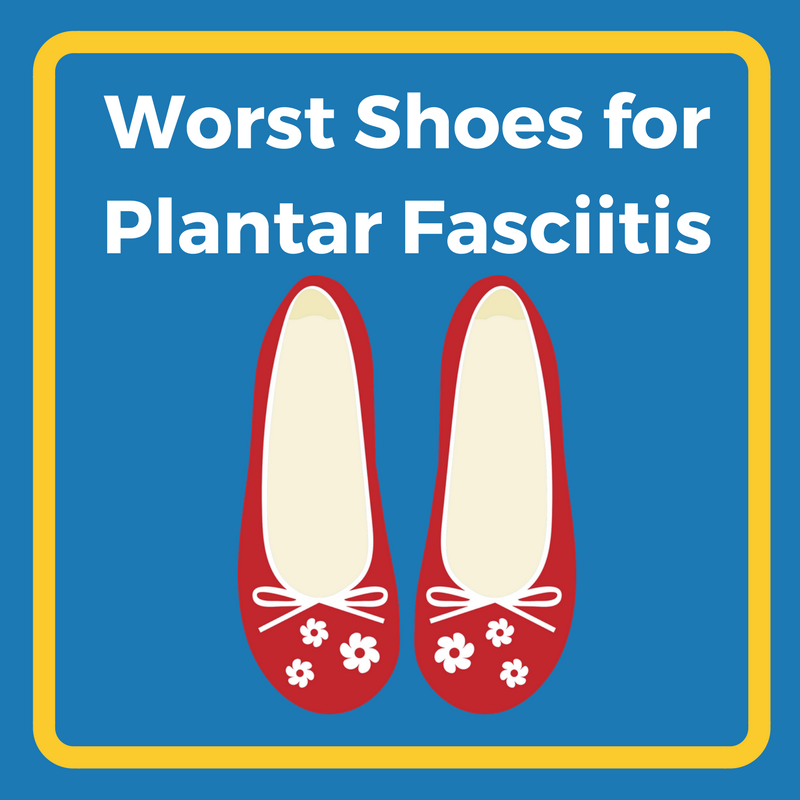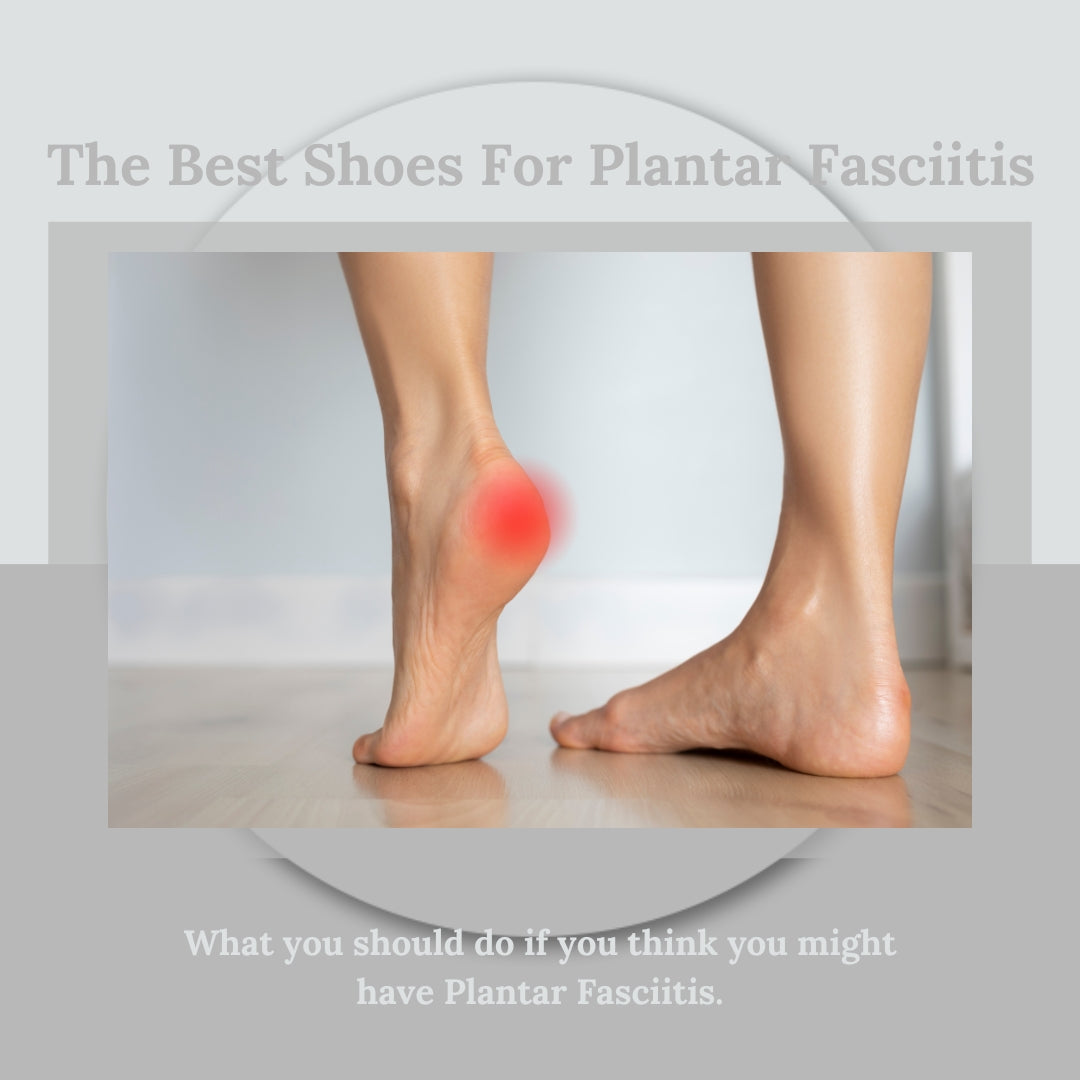Understanding Plantar Fasciitis: A Brief Overview
Plantar fasciitis is a common foot condition characterized by pain and inflammation in the plantar fascia—the thick band of tissue connecting your heel bone to your toes. The condition often results from excessive strain on the foot, making the choice of footwear crucial. This article aims to clarify which shoes can worsen plantar fasciitis symptoms, helping you make informed choices for better foot health.
According to a study published in the Journal of Foot and Ankle Research, inappropriate footwear can exacerbate plantar fasciitis, leading to prolonged recovery times. Thus, understanding what to avoid is just as critical as knowing what to wear.
Footwear Characteristics That Worsen Plantar Fasciitis
High Heels
High heels are notorious for causing a range of foot ailments, and plantar fasciitis is no exception. The elevated heel positions your foot in a way that places excessive stress on the plantar fascia, leading to increased pain and discomfort. Although some might be drawn to the elegance of high heels, it’s essential to prioritize foot health over aesthetics, especially for those struggling with plantar fasciitis.
Real-World Experiences with High Heels
Take Lisa, a marketing manager who often wore high heels to office events. Over time, she began experiencing sharp heel pain. After consulting a podiatrist, she learned that her favorite stilettos were the culprits. By switching to more supportive shoes, Lisa noticed significant improvement.
Flip-Flops
While flip-flops are a go-to choice during warm weather, they often lack the support needed for those with plantar fasciitis. The flat design and lack of arch support can compound your foot pain, leaving your plantar fascia unsupported and strained.
Case Study: The Flip-Flop Dilemma
Jim, an athlete who loved wearing flip-flops post-workout, began to experience discomfort in his arches. After switching to supportive sandals with arch support, he found relief and could continue his active lifestyle without pain.
Flat Shoes
Shoes that lack arch support can be detrimental to individuals with plantar fasciitis. While they may provide comfort in the short term, they can lead to discomfort and exacerbate the condition in the long run.
Comparison Table: Shoe Types vs. Support Level
| Shoe Type | Support Level | Potential for Aggravating Plantar Fasciitis |
|---|---|---|
| High Heels | Low | High |
| Flip-Flops | Very Low | Very High |
| Flat Shoes | Low | Medium |
| Supportive Sneakers | High | Low |
Footwear Tips for Managing Plantar Fasciitis
Look for Arch Support
Always choose shoes with adequate arch support. These shoes help distribute your body weight evenly, reducing stress on the plantar fascia. Brands like Asics and Brooks offer shoes designed specifically for individuals with foot problems, incorporating excellent arch support.

Avoid Shoes with Minimal Cushioning
Shoes that offer little to no cushioning can lead to increased foot pain. Opt for shoes with ample cushioning to absorb shock and reduce the impact on your feet.
Go for Adjustable Straps
Shoes with adjustable straps can provide a more personalized fit, accommodating swelling and allowing for better foot support.

FAQs About Plantar Fasciitis and Footwear
1. What types of footwear should I avoid if I have plantar fasciitis?
Avoid high heels, flip-flops, flat shoes, and any type of footwear without arch support, as these can exacerbate your condition.
2. Can I wear sandals with plantar fasciitis?
Yes, but only if they provide enough arch support and cushioning. Look for sandals designed specifically for plantar fasciitis.

3. Are there specific shoe brands that are recommended for plantar fasciitis?
Brands like New Balance, Saucony, and Hoka One One are known for producing supportive shoes that can benefit individuals with plantar fasciitis.
4. Can high arches contribute to plantar fasciitis?
Yes, high arches can lead to an imbalance in foot mechanics, which may increase the risk of developing plantar fasciitis.

5. Should I consider orthotics for plantar fasciitis?
Yes, custom orthotics can provide additional support and help correct foot alignment, alleviating symptoms associated with plantar fasciitis.
6. How often should I replace my shoes to prevent plantar fasciitis?
It’s generally recommended to replace athletic shoes every 300-500 miles, or every 6-12 months, depending on usage.

7. Can I wear my regular shoes if I have plantar fasciitis?
If your regular shoes provide adequate support and cushioning, you may be able to continue wearing them. However, it’s essential to assess their impact on your symptoms.
8. What activities should I avoid when experiencing plantar fasciitis?
Activities that put significant stress on the feet, such as running on hard surfaces or jumping, should be avoided during a flare-up.

9. Can losing weight help alleviate plantar fasciitis symptoms?
Yes, maintaining a healthy weight can reduce the strain on your feet, potentially alleviating symptoms of plantar fasciitis.
10. What should I do if my plantar fasciitis symptoms persist?
If symptoms persist, it’s essential to consult a healthcare professional for a tailored treatment plan. Physical therapy or custom orthotics may be recommended.
